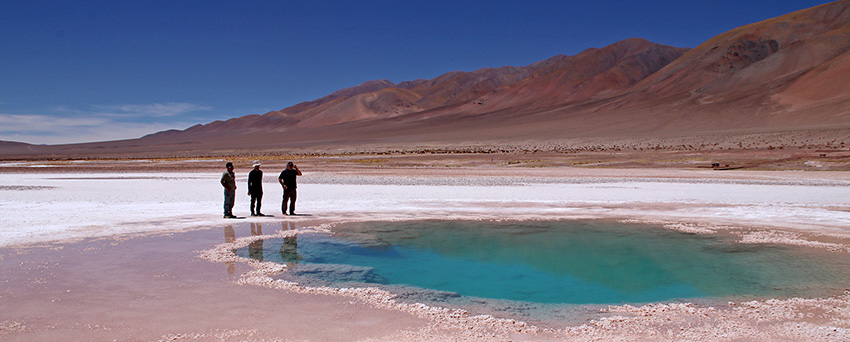Puna, NW Argentina, October 2018
|
Clouds |
Campo de Piedra Pumez, Cerro Blanco |
Laguna Grande: flamingos |

Ojos del Mar, Salta: stromatolites and extremophiles |
Puna, NW Argentina, October 2018
|
Clouds |
Campo de Piedra Pumez, Cerro Blanco |
Laguna Grande: flamingos |

Ojos del Mar, Salta: stromatolites and extremophiles |